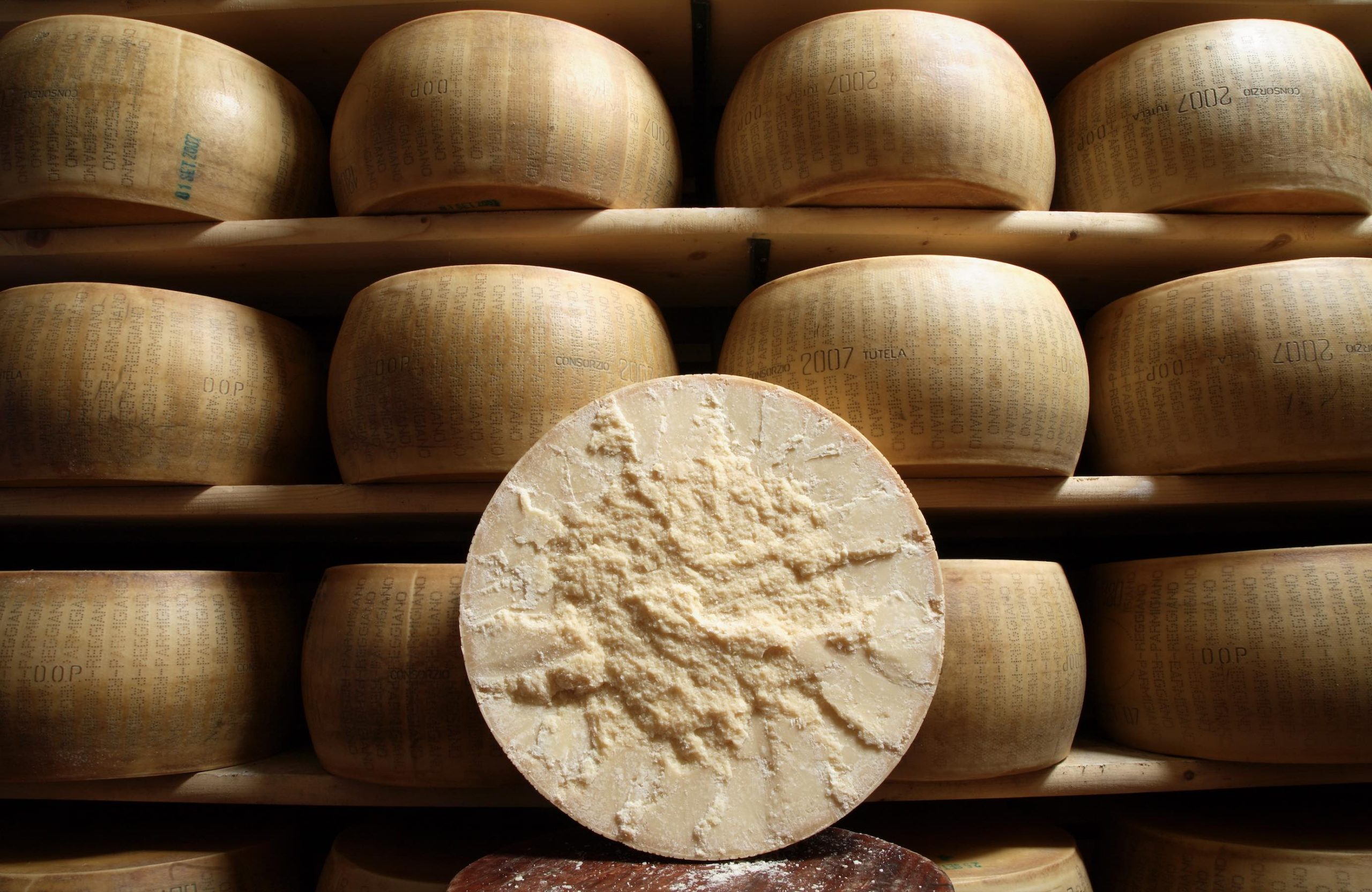FACT explores a thousand years of history, traditions and the protected land that all come together to produce Parmigiano-Reggiano in Northern Italy.
With Italy receiving 94 million tourists per year pre-covid, the southern European country has become a firm favourite for those looking to explore the ancient waterways of Venice, the Renaissance art and architecture of Florence, the monuments of Rome and the picturesque Amalfi Coast. While visitors rightfully flock to these destinations in their thousands, FACT’s recent trip to the boot-shaped country took us to a lesser-explored region and one where food and culture go hand in hand.
In the northern Italian region of Emilia-Romagna, Parma is a small city known for its architecture, art, music, and, most importantly, its food! The city, split in two by the Parma river, is home to one of the world’s oldest universities, a wooden Renaissance theatre, an octagonal-shaped pink marble baptistry, and the striking Cattedrale di Santa Maria Assunta – filled with hand-painted murals and sculpted reliefs.
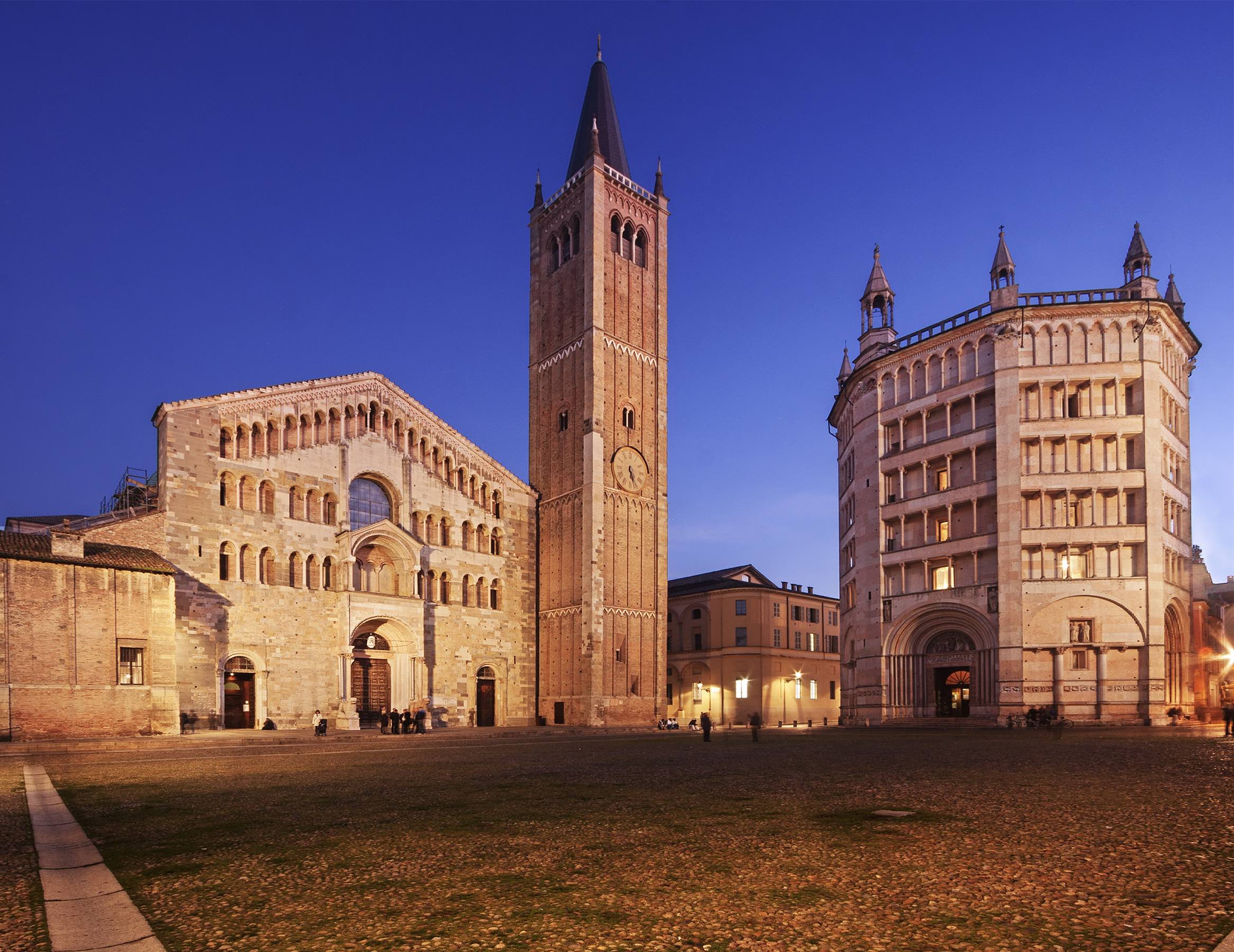
While the city is characterised by its narrow cobblestone streets and lively trattorias steeped in history, Parma is perhaps better known for its Parma ham, Lambrusco grapes and Parmigiano-Reggiano, which are all produced in the surrounding countryside.
We’re up early to embark on a culinary awakening as we discover precisely what goes into making the lauded Parmigiano-Reggiano, a 100% natural, lactose-free hard cheese with no additives or preservatives. Our journey takes us deep into the countryside outside the city limits, where crumbling farmhouses shrouded in mist give way to mountainous topography. Finally, we arrive at the Caseificio Ugolotti, one of 309 dairies licensed to produce Italian hard cheese.
Each of the dairies makes Parmigiano-Reggiano daily, but the production process is only undertaken once a day, early in the morning, using fresh milk straight from the cows. To constitute Parmigiano-Reggiano, many criteria need to be met. These include only milk from cows fed on local forage from a specific geographical area between the Po and Reno rivers.
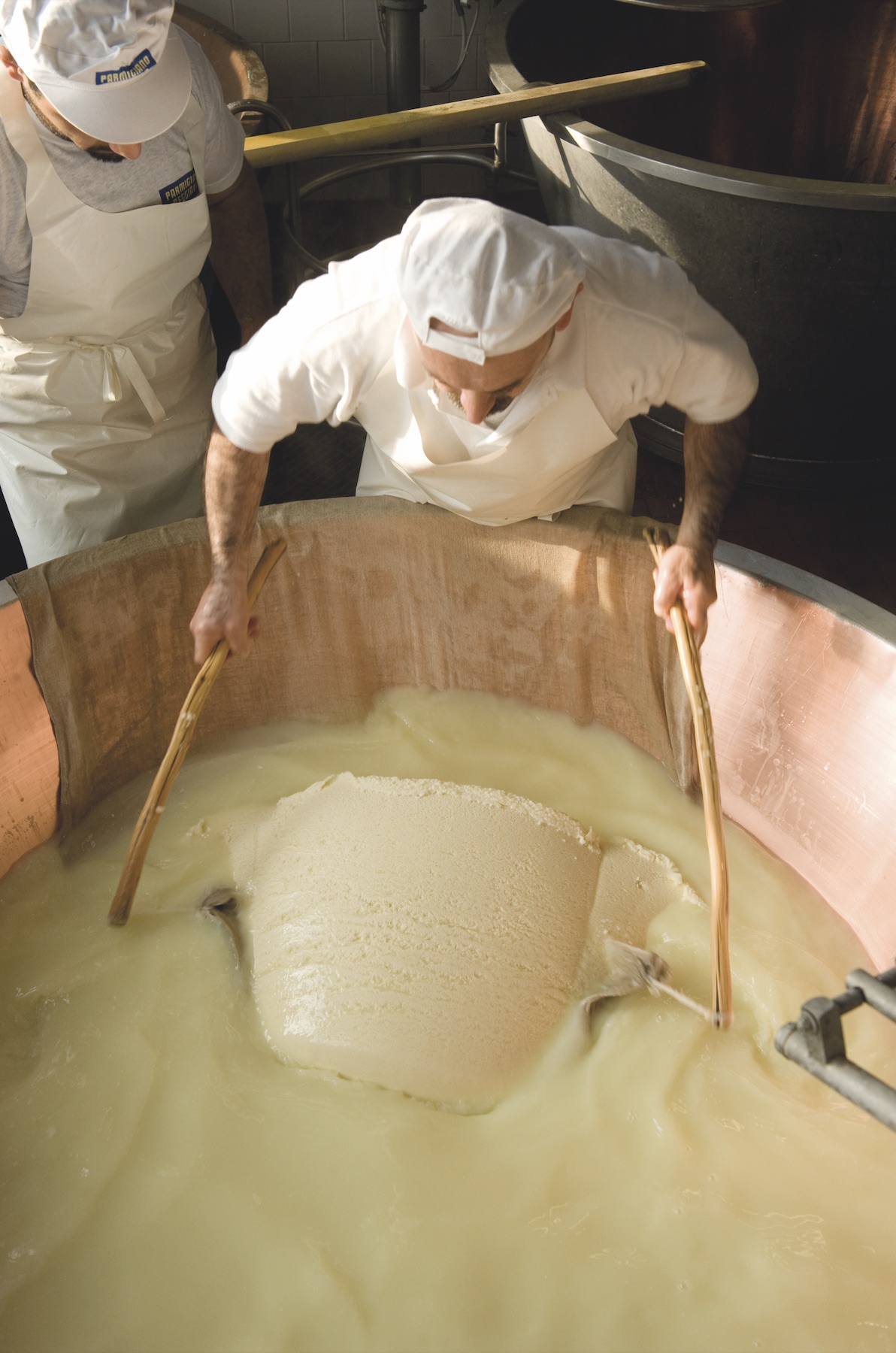
First, the milk is heated in bell-shaped copper vats to separate the fat from the raw milk. The milk then naturally coagulates with the addition of rennet and a whey starter. The curd is then broken down by the aptly titled ‘cheese master’ before being heated to a temperature of 55 degrees centigrade, after which the granules sink to the bottom of the cauldron to form a single mass. It takes roughly 550 litres of milk to produce each wheel of Parmigiano Reggiano, which is then cut into two parts and wrapped in linen cloth before being placed into a mould.
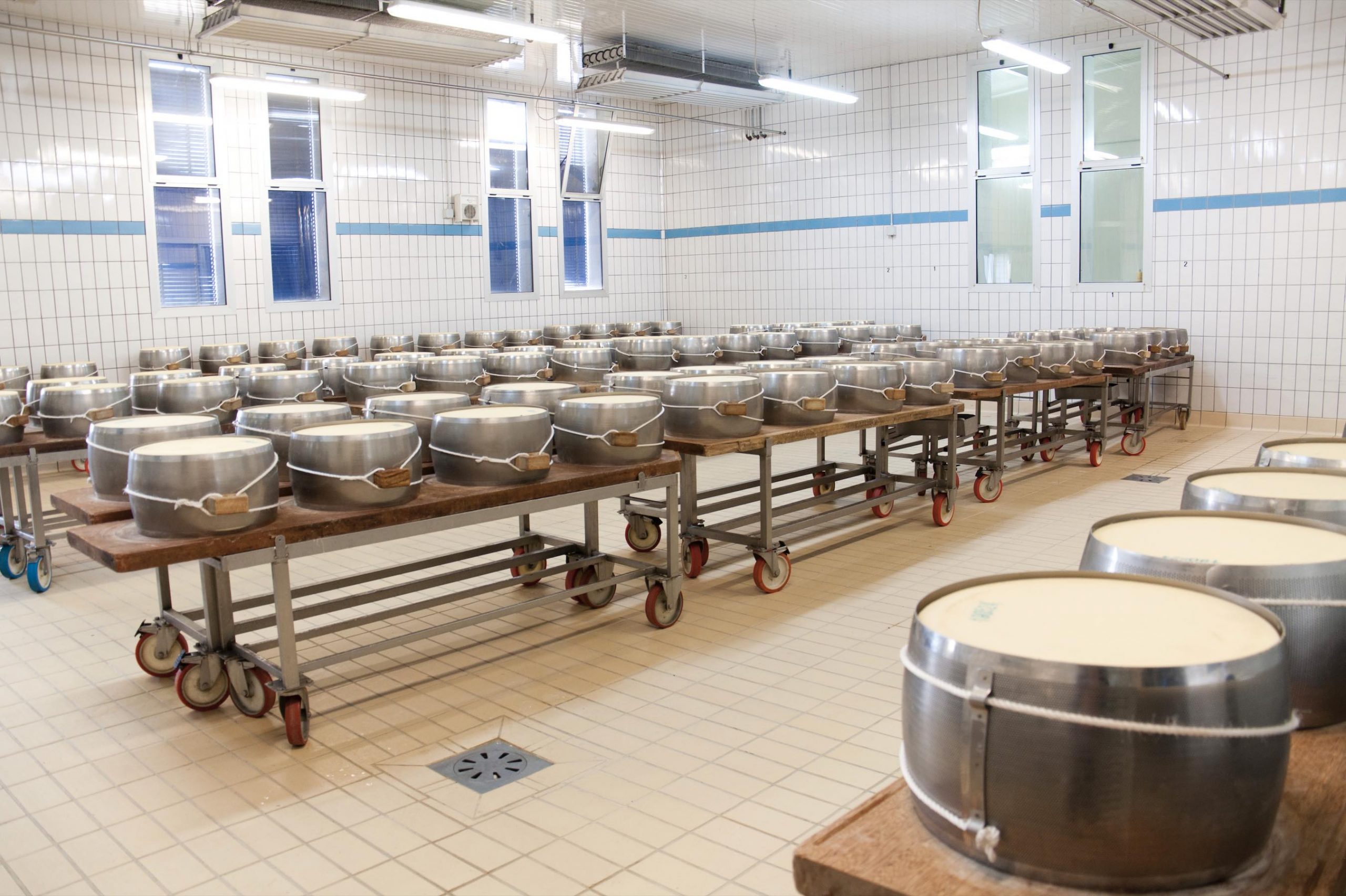
After a few hours, a marking band is used for engraving both the month and year of production, plus the characteristic dotted inscriptions onto the circumference of the cheese wheel. The cheese will then be soaked in brine for several days to complete the production process before moving to the warehouse for maturation.
It’s a fascinating process to watch first-hand from the floor of the dairy. Temperatures are thoroughly checked, the grain of the cheese is examined, and the Parmigiano-Reggiano is produced, just as it has been since the Middle Ages. In today’s production process, the land, cattle and a lack of external intervention constitute the product, and in 1996 Parmigiano Reggiano was recognised as a European Protected Designation of Origin (PDO), which offers protection and authenticity to one of the most imitated cheeses in the world.
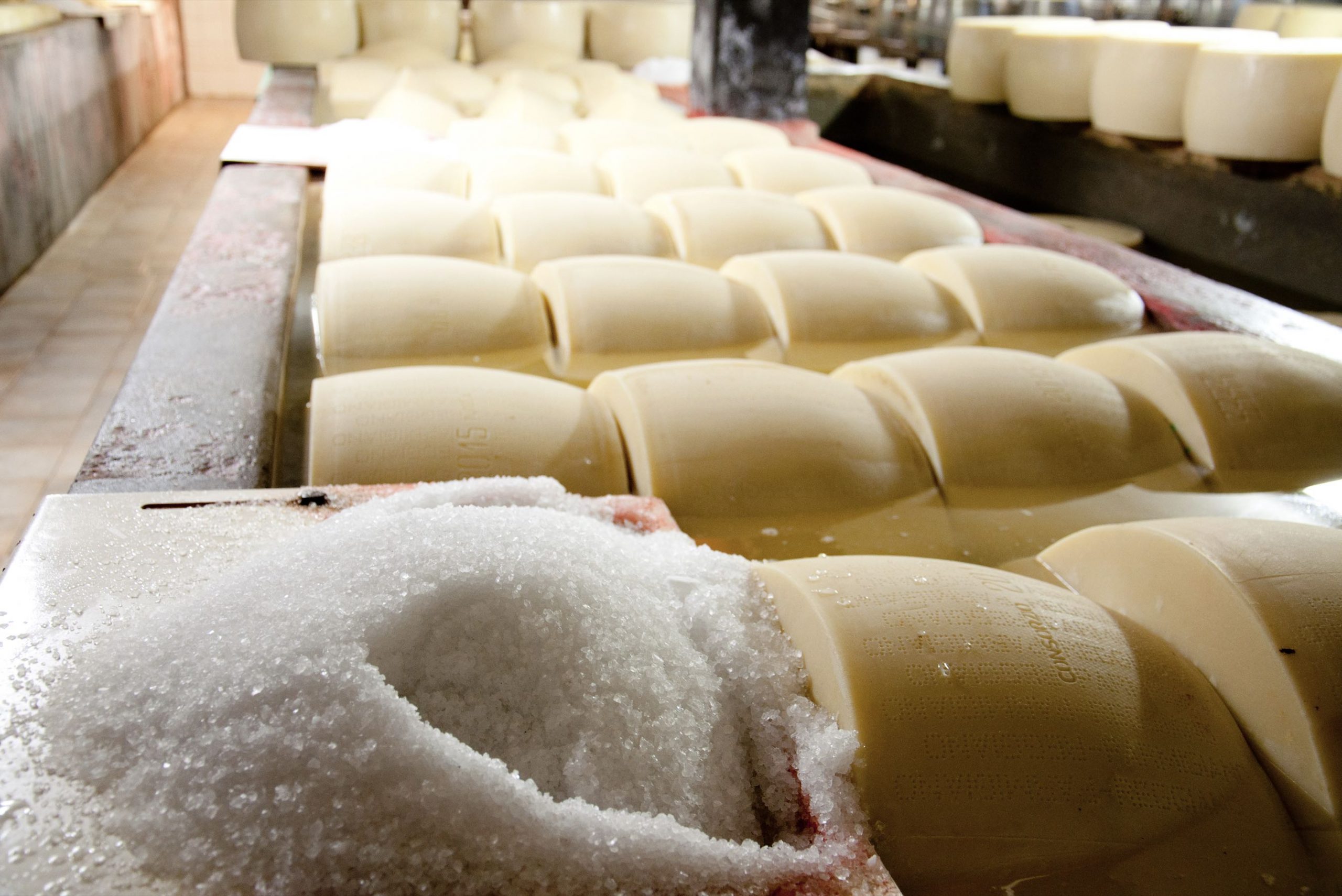
The influence of the revered Parmigiano-Reggiano can be witnessed throughout the local area, from the multitude of gastronomia selling the cheese to the composition of local restaurant menus, where the hard cheese features so prominently. For example, a trip to the One Michelin Star Parizzi Restaurant finds us treated to a tasting of Parmigiano Reggiano with various seasonings, while the quaint Cortex Bistrot showcases the cheese in an audacious dish of potatoes, truffle and leeks.
In a region so proud of the locally produced product, we’re impressed by Parmigiano Reggiano’s impact on the culture and culinary scene. Lunching at the homely Antica Moka in neighbouring Modena, we are presented with course after course of dishes inspired by Parmigiano Reggiano, including tortellini in a Parmigiano Reggiano wafer and a reinterpretation of the traditional Emilian savoury pie with Parmigiano Reggiano parfait.
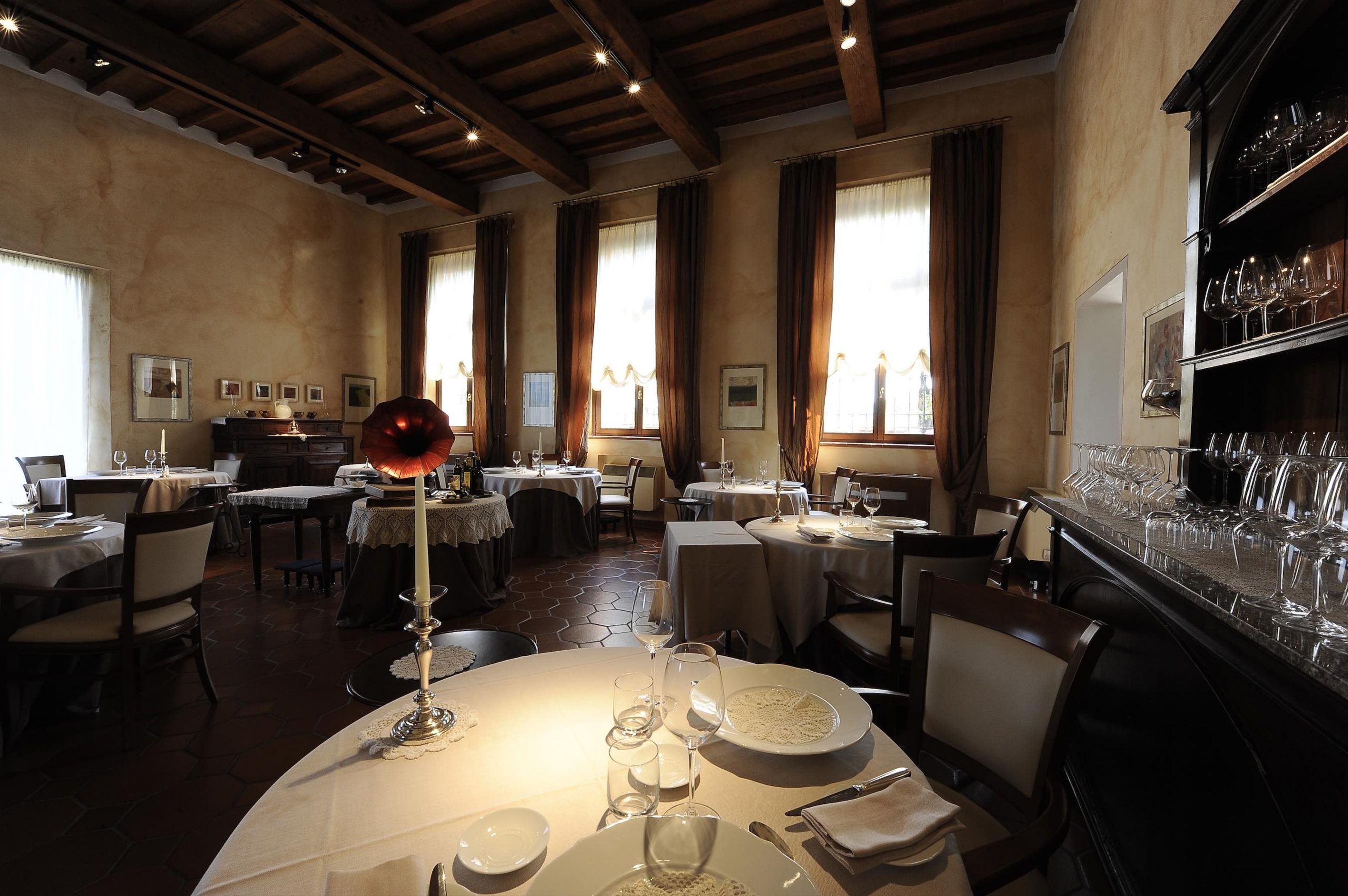
Here in Dubai, we’re able to relive our culinary adventures in Northern Italy, with Parmigiano Reggiano freely available at selected supermarkets and restaurants, including Jones The Grocer, The Artisan and La Fabbrica Italiana. We’ve also heard that acclaimed chef Mohamad Orfali will be creating a special menu utilising the product across his Arabic and fusion cuisine.
GO: Visit www.parmigianoreggiano.com for more information.


